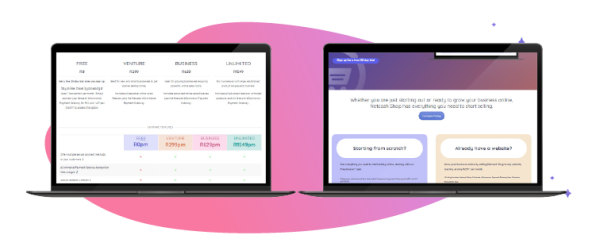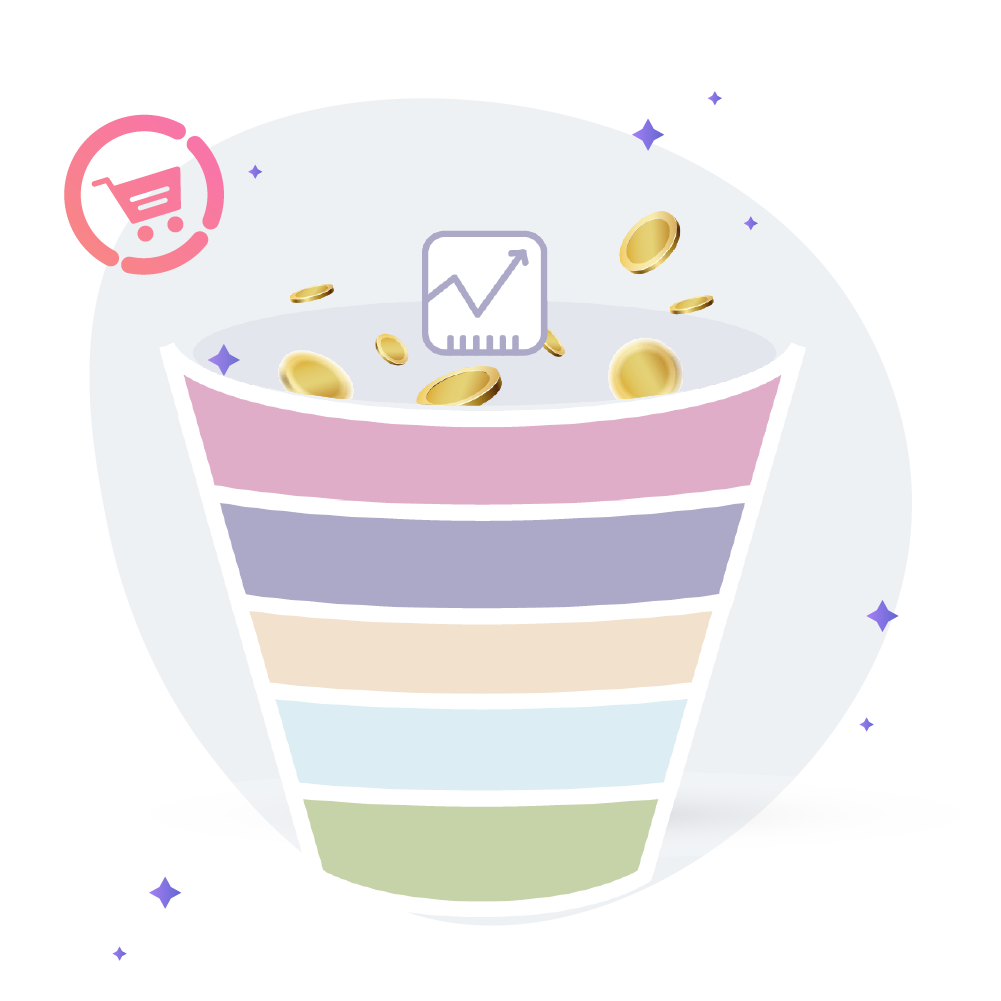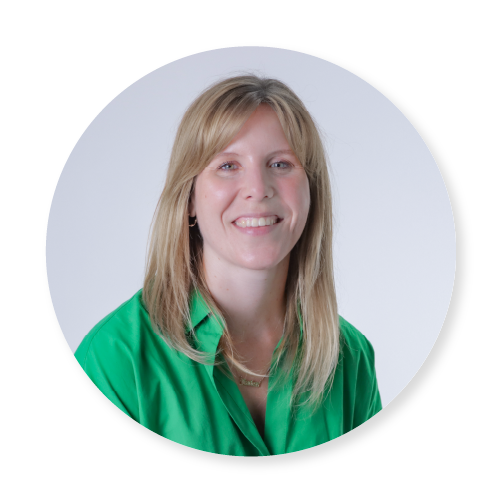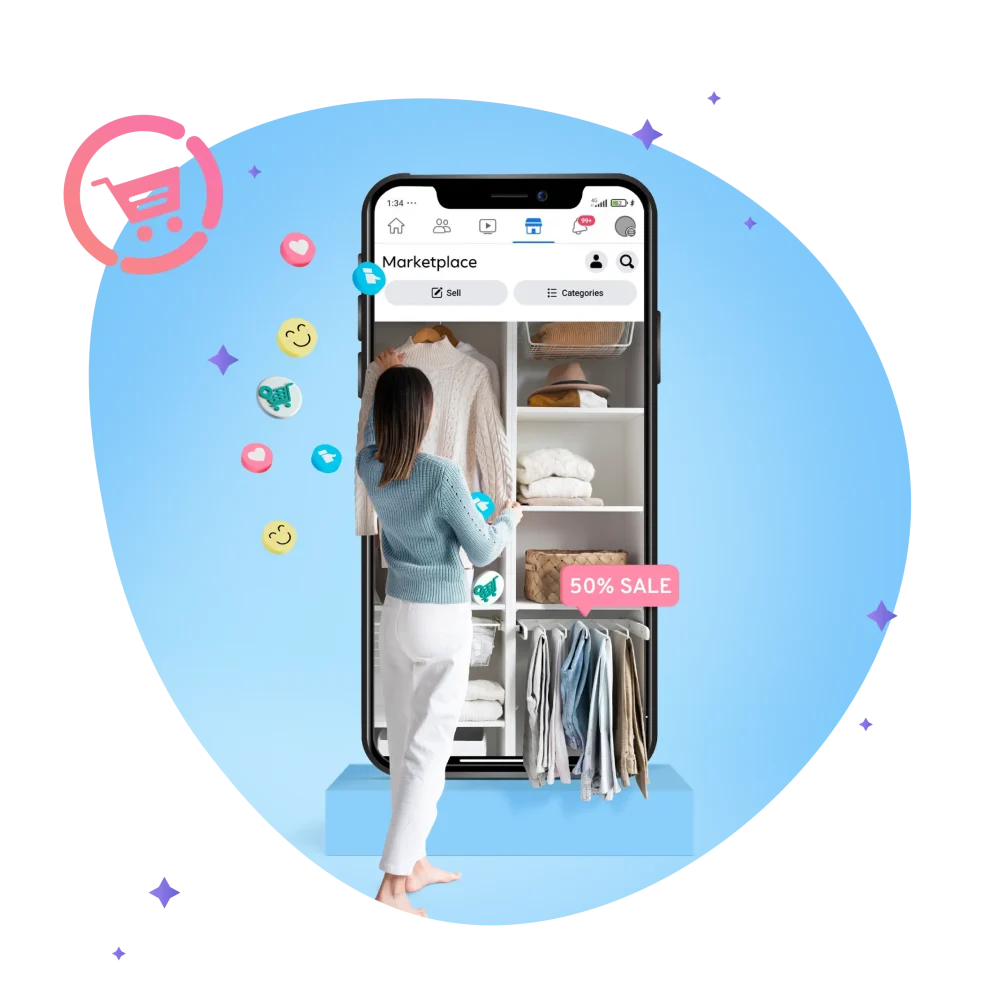
Instagram advertising costs for small businesses in South Africa (2023)
October 4, 2023
How to increase eCommerce holiday sales
October 14, 2023“Customer insights” is something of a buzzword. It gets bandied about quite a bit in boardrooms, strategy sessions and blogs, and yet it remains one of the most daunting aspects of our work in the Product space. Whether you’re on the tech, marketing, or sales side of the equation, being tasked with finding these “big insights” can scare off even the most seasoned amongst us.

The good news is that it’s usually not some ‘big insight’, but a collection of small ones that give us the best results over time, and that is where we should put our focus. Often these insights are things we already know intuitively as customers ourselves or from our professional experience. It’s less a matter of asking the ‘right’ questions, and more about reframing problems to understand what the most meaningful actions are that we can take to improve our marketing efforts, customer experiences, and sales. We just need to add a few tools to our toolbox to start asking these new types of questions.
1. Shaking things up with Jobs To Be Done
The ‘Jobs To Be Done’ framework is a classic product marketing tool that essentially teaches us to ask the question, “What job is the customer hiring my product or service to do?”
Framing things this way tends to halt our usual, “What does my product do or not do?” line of questioning, and enables us to consider, “How do customers currently do this?” “How often?” We get curious about the real motivation and thinking behind why the customer might be choosing the product (or not) in the first place, rather than focusing on the product or service itself.
The best known example of this is from Harvard Business School, sometimes referred to as “the milkshake video”. The content focuses on a group of researchers who asked customers about why they were buying milkshakes early in the morning, reframing a takeaway business’s problem using the Jobs To Be Done method. While the business had been focusing on product aspects like price, quality and flavour of the milkshakes, customers had just wanted something to keep them busy, and full, on their long commute to work. By asking customers different questions, the results generated at least 5 new characteristics around ways in which to optimise product marketing that were entirely unexpected. A true case study in understanding why, to quote the famous Kelis song, our ‘milkshakes’ are indeed bringing customers to our ‘yards’. s.
The key point is to shift away from asking business questions that emphasise features or metrics, and instead move towards customer questions like “Why are they buying?”, “What purpose is it serving?”, “What other ways could they be fulfilling that need?”, to find the real insights that can drive results consistently. When we do this, we can also shine a new light on our competitors and metrics.
2. Ask not what is, but what is not
Burger King was the obvious competitor for the takeaway business – but actually, they were competing against donuts and a good old banana. A valuable lesson I have learnt, and that the Jobs to Be Done teaches us, is to look for what is not there.
Competitor Analysis is a classic technique; all businesses undertake SWOT analyses, use the ‘Ps of Marketing’ and advanced market sensing tools to monitor competitors. All in an effort to find the best way to position and promote our products. We compare everything, from tech stacks to Instagram stories to pricing.
It’s a valid question to ask, “What are my competitors doing?” and then naturally, “Can I copy them?” Often, this leads to more uniformity rather than originality across an industry though. It becomes a copycat game of “They add x – we will add it too”; They say Y – we will say it better.” And while this does give customers something concrete to compare, we should ask ourselves whether this gives them the answers they’re looking for? Does it give our customers the confidence to ‘hire’ one product over another for the job they want done?
A take home challenge therefore, is not to ask “What are my competitors doing?” but, “What are my competitors not doing?”; “What is not on their website / in their marketing / in their product, that my customer would find valuable?” “What do we not do in this market that other markets are great at?” And the best part is, it’s free and fairly easy to test these questions as hypotheses, especially in the digital realm.

In my own work for Netcash Shop, I applied this thinking to a pricing page. Typically this should be a key conversion page on any website, however this was not the case. In order to test my hypothesis, I split tested a generic page version with another that separated users into “I’m just starting out” and “I already have a website” on the page. One was based on industry norms, the other based on user behaviour and qualitative data. The results spoke for themselves – conversion rate doubled, and bounce and exit rates dropped significantly on the behaviour-based page. By considering what wasn’t there amongst competing products, or even in the market in general, I was better able to understand and focus on the ‘mission’ customers were on, and so ensured that our product was the one best positioned to fulfill that need.
3. Keep the mission in mind
Keeping the mission in mind is crucial to product optimisation. A great example of a true ‘mission’ is your average grocery shop – you want to get in, get out, as quickly and affordably as possible. Nobody will ever want this to be slower, more expensive, or more arduous.
In product, we typically view these “missions” as journeys or funnels, and are tasked with optimising conversion rates and the like. From the time that customer writes their grocery list, to picks a store, checks out, and drives away, we’re in charge of getting them through as seamlessly as possible.

So besides ‘big insights’, the other intimidating factor is often ‘big metrics.’ These often put pressure on bottom of funnel conversion measures like spend, frequency, number of items purchased, and so on. Business KPIs regularly centre around improving these which leads to tunnel vision and generally a lack of creativity, with all resources focused on those last actions the customer takes. Shifting perspective and keeping the customer mission in mind however, can be the most helpful tool in actually improving these KPIs.
One of the great things about funnels is the compounding effect that a small change right at the top or in the middle can have on these bottom of funnel (BOFU) metrics. When we look up from conversion rates, we can start to ask more interesting questions like, “What would I, as the customer, want to know or need at this stage?”; “Are we enabling/answering that?”; “Are we getting in the way?” In other words, “What does the customer mission ask for?”
Asking questions about what customers are doing, versus what they are not doing, instead of what the business wants them to do, can lead to novel ideas and insights that help to focus your efforts on how you can really be the best option for your audience.
Global leader in consumer science, Dunnhumby, has excellent proof of how effective this can be. Their data shows that major grocery retailers in EMEA who simplified offers, giving customers a discount on exactly the item they buy, in the quantity they buy it, got 8x the redemption of those retailers who tried to get customers to buy more than usual.
When they opted for relevant offers over pushing purchase variety, relevancy won by 50%.
Even better, online retailers who added “Have you forgotten?” items to checkout based on shoppers’ real behavioural data, saw a 65% uplift in full price sales in the same basket.
It’s a powerful reminder to keep asking, “How can I best deliver value to my customer, based on what they actually hire my store, service or product to do?”
When we get this right, the results start to fall into place.
Candice Sergeant is an experienced eCommerce Product Owner at Netcash, driving the growth strategy for SaaS e-commerce solutions in South Africa with global partner Ecwid by Lightspeed. Candice is skilled at uncovering opportunities to optimize the online presence and operations of startups and medium businesses across a range of industries.

Subscribe to our mailing list to learn about our new features and marketing tips & tricks.





